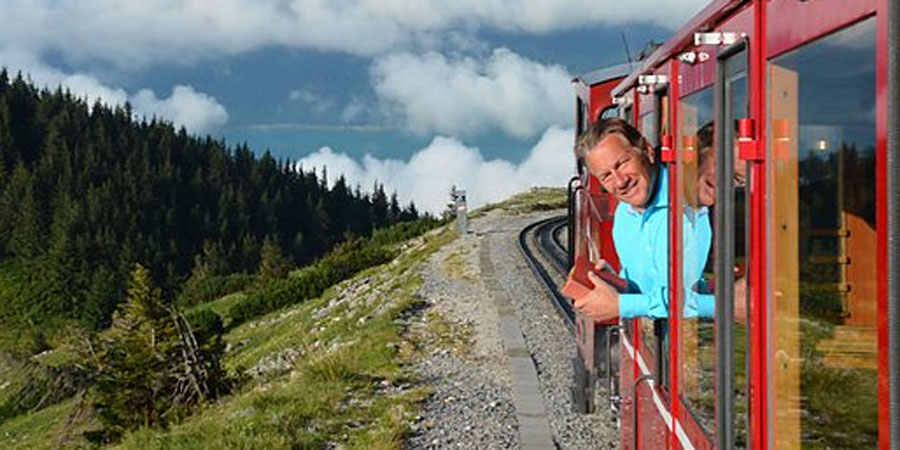

The American Railroad Transporation Before the Railroad The Construction of the Railroad The New Type of Carriage River Steamboat and Canal Packet as Models for the American Railroad Car Sea Voyage on Rails Postscript 7. The Compartment The End of Converstaion while Traveling Isolation Drama in the Compartment The Compartment as a Problem 6. In the first half of the class we will discuss. Railroad Space and Railroad Time Excursus: The Space of Glass Architecture 4. Wolfgang Schivelbuschs The Railway Journey: The Industrialization of Time and Space in the 19 th.

The Railway Journey Paperback edition by Wolfgang SchivelbuschĪcknowledgements Foreword Alan Trachtenberg Preface to the 2014 Edition 1. Wolfgang Schivelbusch, The Railway Journey: The Industrialization of Time and Space in the 19th Century (1977 Leamington Spa: Berg, 1986), pp. Now updated with a new preface, The Railway Journey is an invaluable resource for readers interested in nineteenth-century culture and technology and the prehistory of modern media and digitalization. But throughout the book, Schivelbusch describes. I’ve always had a small personal fascination with the railways my father taking me on steam train rides and to museums since a young age.
#The railway journey schivelbusch full#
As a history of the surprising ways in which technology and culture interact, this book covers a wide range of topics, including the changing perception of landscapes, the death of conversation while traveling, the problematic nature of the railway compartment, the space of glass architecture, the pathology of the railway journey, industrial fatigue and the history of shock, and the railroad and the city.īelonging to a distinguished European tradition of critical sociology best exemplified by the work of Georg Simmel and Walter Benjamin, The Railway Journey is anchored in rich empirical data and full of striking insights about railway travel, the industrial revolution, and technological change. The Railway Journey discusses the ways in which our perceptions of distance, time and speed have been altered since the introduction of railway travel. In a highly original and engaging fashion, Schivelbusch discusses the ways in which our perceptions of distance, time, autonomy, speed, and risk were altered by railway travel. In The Railway Journey, Schivelbusch examines the origins of this industrialized consciousness by exploring the reaction in the nineteenth century to the first dramatic avatar of technological change, the railroad. But this was not always the case as Wolfgang Schivelbusch points out in this fascinating study, our adaptation to technological change?the development of our modern, industrialized consciousness?was very much a learned behavior. The Railway Journey: The Industrialization of Time and Space in the 19th Century Schivelbusch, Wolfgang on.

The impact of constant technological change upon our perception of the world is so pervasive as to have become a commonplace of modern society.


 0 kommentar(er)
0 kommentar(er)
